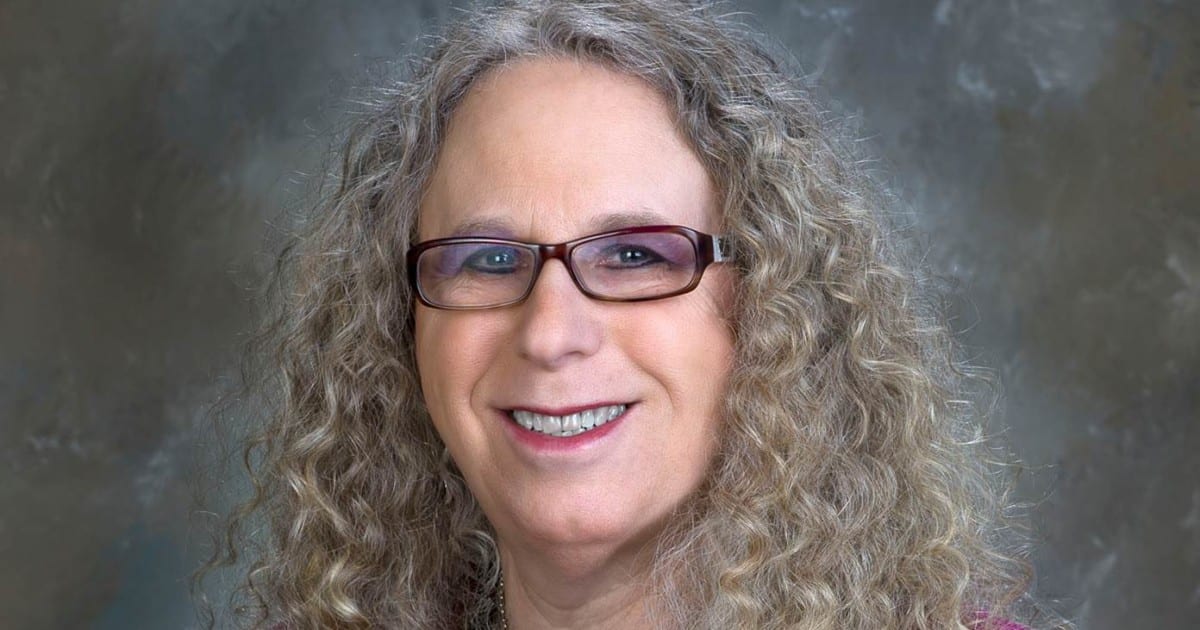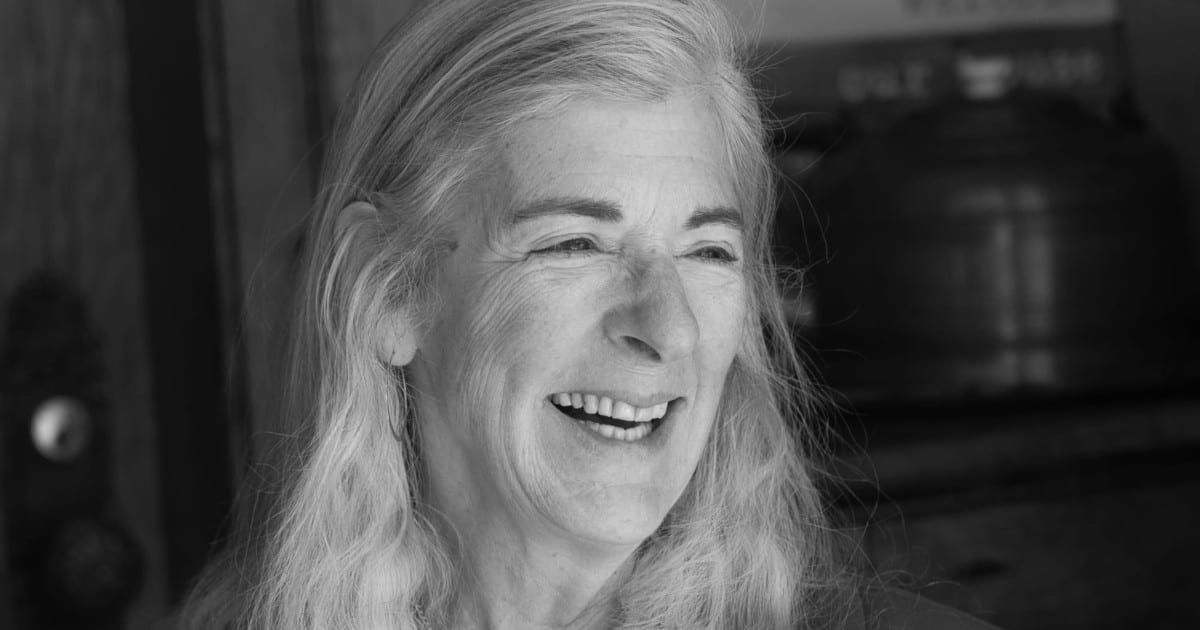The Mosakowski Institute at Clark University has a new focus: Improving the emotional and behavioral health of adolescents and young adults, particularly young men of color. It also has a new Director, Dr. Nadia Ward, a clinical psychologist and nationally recognized researcher who has made urban education and behavioral health her life’s work.
So synonymous is Ward’s experience and passion with the Institute’s bold, new agenda, it is hard to know when one ends and the other begins.
In March of 2018, Ward interviewed with David Angel, Clark’s previous president, who helped drive the Institute’s reframing. “He said to me, ‘We are concerned about the way in which Black and Brown boys are treated in this society and we want to do something about it.’ I nearly fell off my chair,” she said.
The Mosakowski Institute, funded by Clark Alumni William and Jane Mosakowski, operated for many years as an incubator for enterprises with social impact. With lots of little wins everywhere, it was still chasing the goal of making a big impact on a policy issue of national concern. With an interest in behavioral health, and personal experience with a fragmented behavioral health care delivery system that confounded even well-resourced families, the benefactors, together with Clark’s leadership, arrived on its new policy focus.
Prior to coming to Clark, Dr. Ward was at Yale directing research that addressed educational disparities in urban schools and improving academic, social-emotional, and behavioral health outcomes for students. But it wasn’t just the skills match that drove Ward to Clark. The Institute was clear it would retain its entrepreneurial element and was looking for someone who could turn dreams into realities.
Ward said the Institute is not just about helping to create a behavioral health system that promotes social and emotional learning. It is about doing so with products and strategies that can be practically applied and scaled.
“This is what really appealed to me,” she said. “I was ready to expand my work nationally and internationally and Clark gave me that opportunity.”
Ward describes the Institute as more of an “action tank” than a “think tank,” producing both policy change and intellectual property. In the aggregate, it hopes to improve behavioral health care for people who have been poorly served by the system and are dealing with social determinants of behavioral health, such as racial trauma. Ward says any question about why Clark decided to focus an entire institute on these issues was obliterated by the events of this past summer, when social media accounts of the killing of Black people made persistent social injustice impossible to ignore.
While it works on these issues through communication and convening (Ward has just launched a podcast), the Institute is developing products and services that directly impact the behavioral health and educational outcomes of young people of color. They are each based on existing evidence involving social and emotional learning and infused by experiences Ward and other researchers have had working in communities.
The first major initiative comes directly from Ward’s previous work developing a social and emotional learning program called MAAX, for Maximizing Adolescent Academic Excellence. MAAX combines culturally-responsive social development skills with helping young people navigate through middle school and high school and into college.
One of the Ward’s first initiatives at the Institute was to transform MAXX into an e-learning platform that can be accessed by students wherever they are. Even before COVID-19 moved curriculum online, the Institute was able to offer this new version – called Digital MAAX 2 (DM2) – to participating schools.
Ward also led the development of “RelyOn,” an app that provides evidence-based information about the most commonly experienced behavioral health challenges facing adolescents and young adults. The customized app provides both a “brief mental health screener” directing the user to potential illnesses and a resource hub with local contacts that range from counselors to organizations that can help with housing, food, and transportation.
Ward points to RelyOn’s multiple attributes such as: its versatility – it can be used by students, parents, teachers and counselors; its empowerment – it gives each stakeholder the information they need to advocate for themselves and/or their student; and its connectivity – it allows counselors, parents and teachers to become partners in a student’s treatment plan.
“What I love about the app is that it gives people the power of information so that you’re not left wandering in the dark about what might be going on with my kid, or my student,” she said.
While MAAX-DM2 and RelyOn can be utilized for students along the behavioral health continuum, the Institute is developing more intensive interventions for students with higher needs. The first is an innovative approach to calming students in distress, often Black and Brown boys, whose behaviors are too often addressed as conduct violations.
“A young person might come to school having had an experience, something happened at home or something happened in the community, they’re dysregulated, they’re upset,” said Ward. “With boys, this might manifest externally. They might get angry, throw a chair over, start a fight. With girls, the presentation may manifest internally; they may become depressed or anxious.”
As an alternative response, the Institute is developing a program for sensory immersion rooms. These are school-based areas where young people come to manage their emotions by experiencing a programmed version of a calming space – be it an ocean or a rainforest. A prototype will soon be available at a residential treatment center for boys in Connecticut as well as on the Clark campus in Worcester, MA, and Ward hopes it will soon be widely distributed in schools.
Another product in development is a virtual reality program used as a complement to evidence-based practice for young people experiencing anxiety or depression. It engages patients who are not always successful at practicing elements of cognitive behavioral therapy in a virtual relationship with an avatar “peer” who needs help addressing common triggers.
Ward says the program’s gaming elements and futuristic vibe reflect one of the pillars of the Institute’s mission which is to reach young people by using technologies that are embedded into their day-to-day experiences. It is something Ward says has been a major gap across the helping professions.
“Clinicians and academics like myself, we will always be behind the times if we don’t meet kids where they are,” she said. “It is the same for teachers in the classroom. We need to better understand how to integrate technology into what we know is good, evidence-based practice. That’s how we are going to make a difference for youth.”




